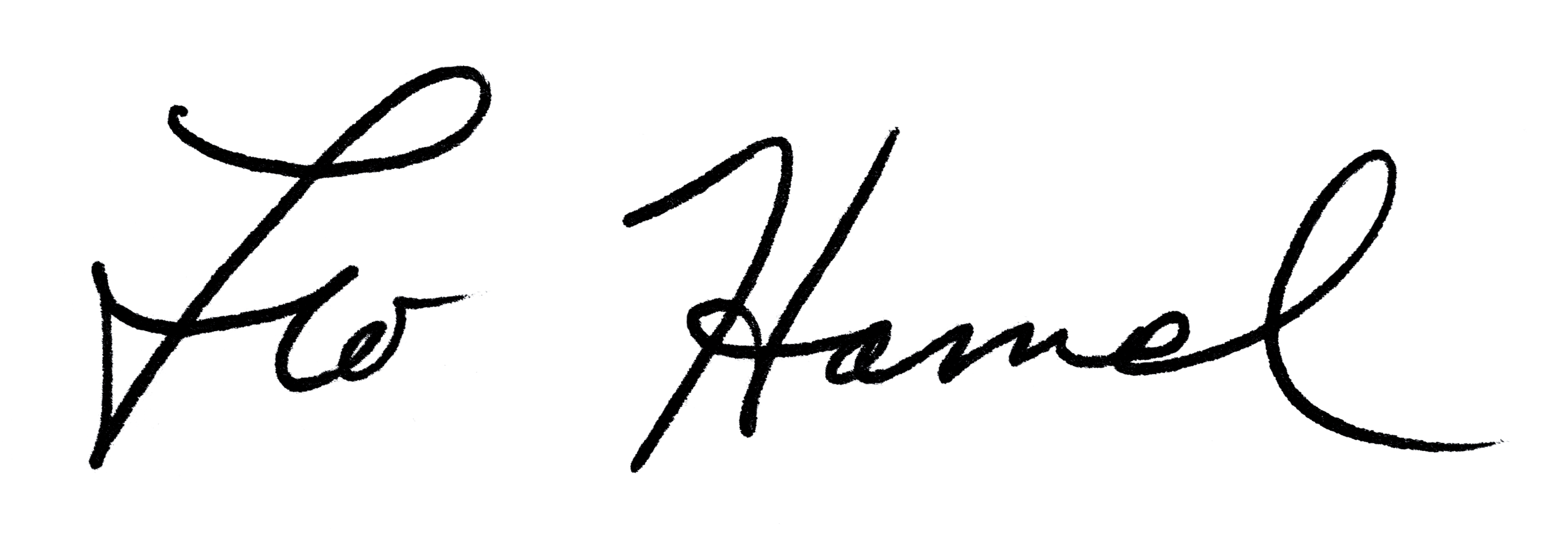
Leo Hamel Fine Jewelers Policy Letter
Cleaning & Polishing Jewelry
Cleaning Customers’ Jewelry
We offer the service of checking, cleaning, and polishing our customers’ jewelry free of charge, usually while they shop. This means we take their jewelry items down to one of the jewelers who checks for loose stones or worn prongs, then polishes and cleans the items.
Before taking any jewelry out of the showroom or away from the sight of the customer, use a loupe to check for missing gemstones or damage of any kind, and point those out to the customer. Point out to them any chips, scratches, or cracks on the gemstones, and dents, scratches, or damage to the metal. Be overly thorough so there is no question of the condition of their item at the time we took it away from them in the showroom. If you think it’s warranted, take a close up photo of the item in its “before” condition so we can prove that none of the existing damage was done by us.
Once it leaves the showroom, anything that’s wrong with the item that we didn’t discuss with the customer will be our fault, and we’ll have to pay to fix it.
Before handing the jewelry back to the customer, use a loupe to check again for any missing or loose stones or anything that was missed in the cleaning or polishing. Stones can loosen or even fall out in the ultrasonic or when being steam cleaned.
If there are lots of items to be polished and/or stones to be tightened then the items should be checked in with an estimate. Please notify customers with white gold pieces that although we can clean them, these will only be polished at the customer’s request to avoid further removing the rhodium plate. We can also redo worn rhodium plating for a fee.
Identify Gemstones
Any time you take a customer’s gemstone jewelry item down to the jewelers for a clean and polish, you must ask the customer what kind of gemstones they are so that you can pass the information on to the jeweler.
If the customer is unsure of what their gemstones are then check the sales history if the item was purchased here or bring to one of our Graduate Gemologists for identification. It’s very important that we correctly identify the gemstones because some stones are very sensitive to heat and are susceptible to breakage or color change. Emeralds, tanzanite, pearls, opals and clarity enhanced diamonds are sensitive stones and should always be identified before giving to the jeweler. Don’t ever assume the identity of the stone by sight alone. A blue stone can be a sapphire or it can be a tanzanite. Tanzanites have been broken in the past because they were assumed to be sapphires, so the rule is to always double check.
If you are a bench jeweler and someone brings you a piece of jewelry set with gemstones to clean and polish, they don’t give you specific information about what kind of gemstones they are, and you have any doubt, then you must go and find out, especially if it looks like a sapphire but might be a tanzanite.
If there is any remaining doubt about the identity of the gemstone or if it gemstone appears to be treated in any way, then handle it as if it were a sensitive stone.
Jeweler’s Equipment
Exercise care when using any equipment in the jewelers’ room, even if you have been trained to use it. Any machinery can be dangerous if not used with proper caution. Before attempting to use any equipment in the jewelers’ room you must be trained by a jeweler in the proper and safe way to use the equipment.
Polishing Wheels
Only trained jewelers, watchmakers and refinishers are to use the polishing wheels. The polishing compounds that are used are very specific to each of the wheels. They must not be mixed up or the entire polishing system will be contaminated and have to be replaced and this would be very costly.
CAUTION! If you wear your keys on a necklace, lanyard or chain around your neck, you must remove them as well as any other long necklace before using the polishing machine. Your keys or necklace could swing into the wheel and pull your head into it, causing you injury. Hair can also get pulled into the wheel so tie long hair back before using the polishing machine. If any article of clothing has ties on the hood, front or sleeves, remove it before using the polishing machine or if it can’t be removed then don’t use the machine. Make sure that others also follow these safety precautions.
Ultrasonic and Steamer
You can use the ultrasonic and steamer to clean jewelry once trained, but only on diamonds, rubies and sapphires. Do not use on emeralds, tanzanite, pearls, opals or clarity enhanced diamonds because they are very susceptible to breakage or color change as described above. Always check with the jeweler first if you have any doubts before cleaning anything.
CAUTION! Always keep your hands, face and arms away from the steam blast; the steam is very hot and may cause burns. Always use long tweezers to hold items while they are being steamed; never hold them in your hand.
There is a chart posted behind the ultrasonic listing all stones and their limitations as far as cleaning. Refer to this chart if you are unsure about cleaning a particular stone or, better yet, check with a jeweler.
